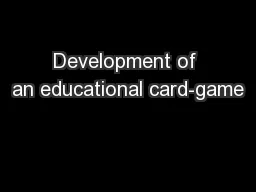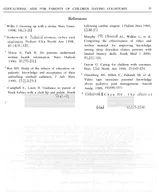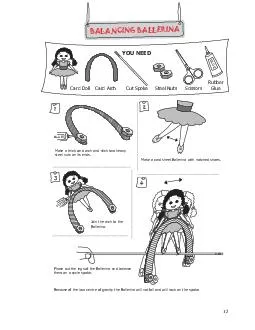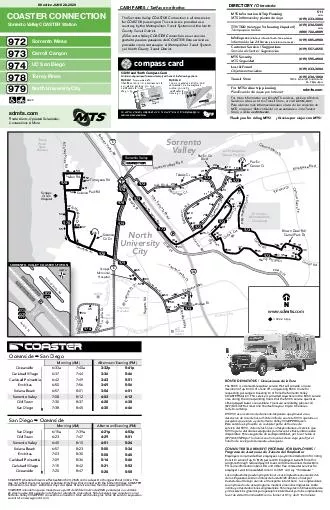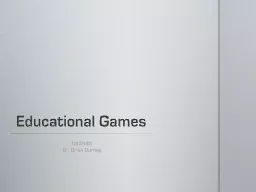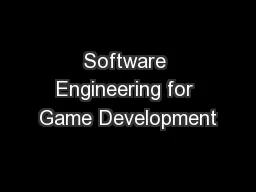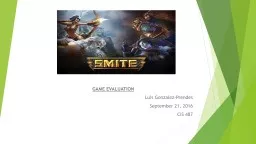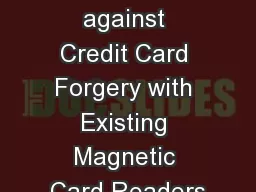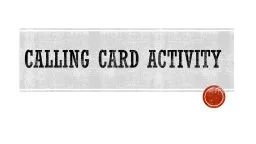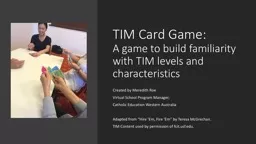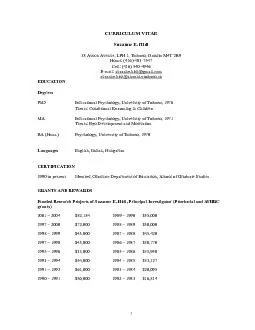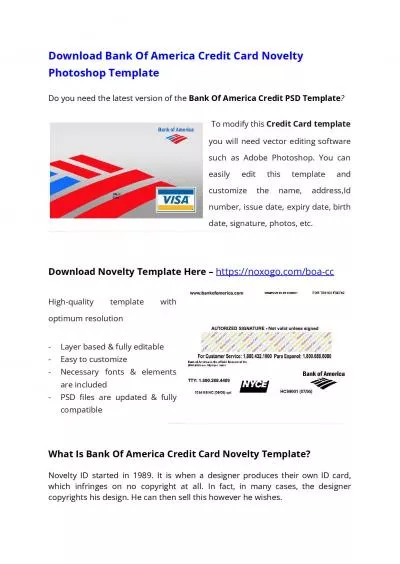PPT-Development of an educational card-game
Author : yoshiko-marsland | Published Date : 2015-10-01
to aid student understanding of chemical analytical instrumentation Dr Mike Coffey michaelcoffeyntuacuk Kevan Garvey Roberta F abricio Loose OVERVIEW Describe
Presentation Embed Code
Download Presentation
Download Presentation The PPT/PDF document "Development of an educational card-game" is the property of its rightful owner. Permission is granted to download and print the materials on this website for personal, non-commercial use only, and to display it on your personal computer provided you do not modify the materials and that you retain all copyright notices contained in the materials. By downloading content from our website, you accept the terms of this agreement.
Development of an educational card-game: Transcript
Download Rules Of Document
"Development of an educational card-game"The content belongs to its owner. You may download and print it for personal use, without modification, and keep all copyright notices. By downloading, you agree to these terms.
Related Documents

